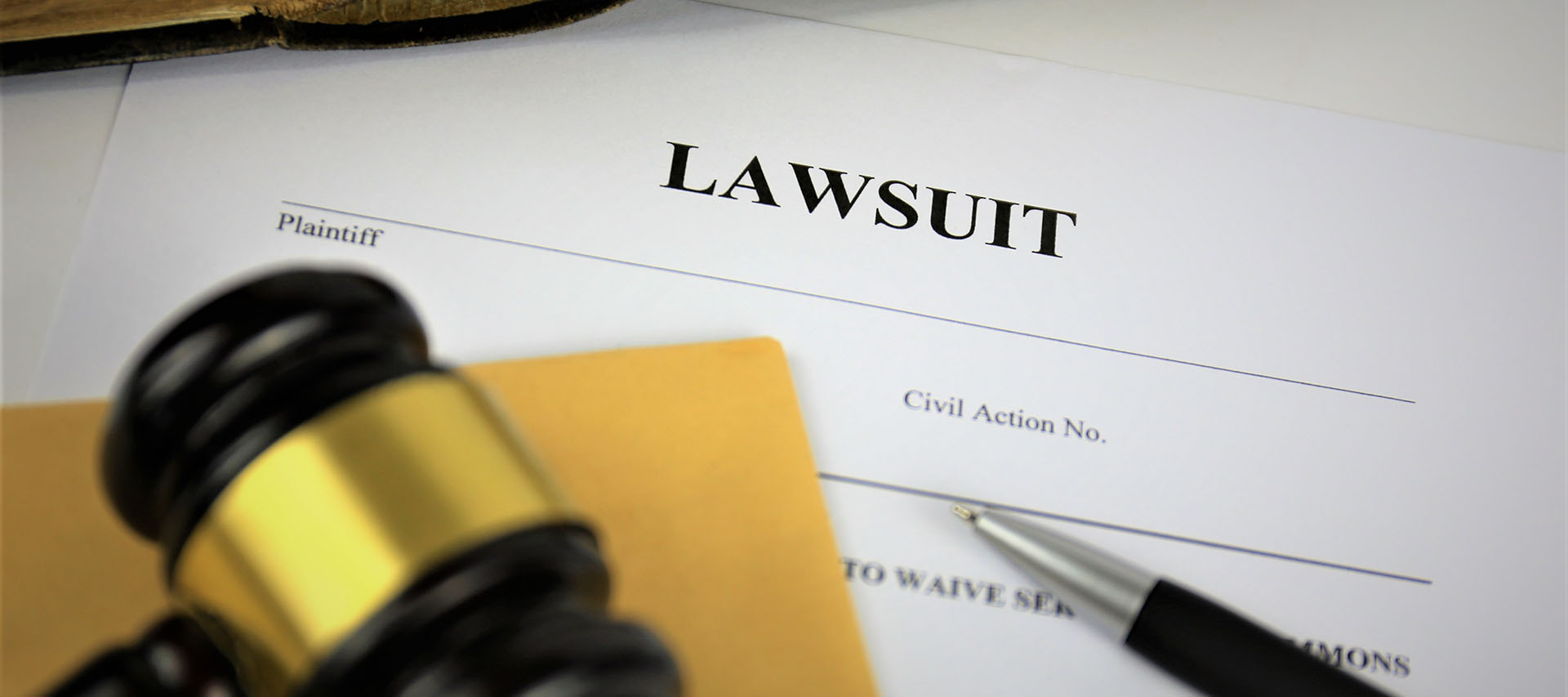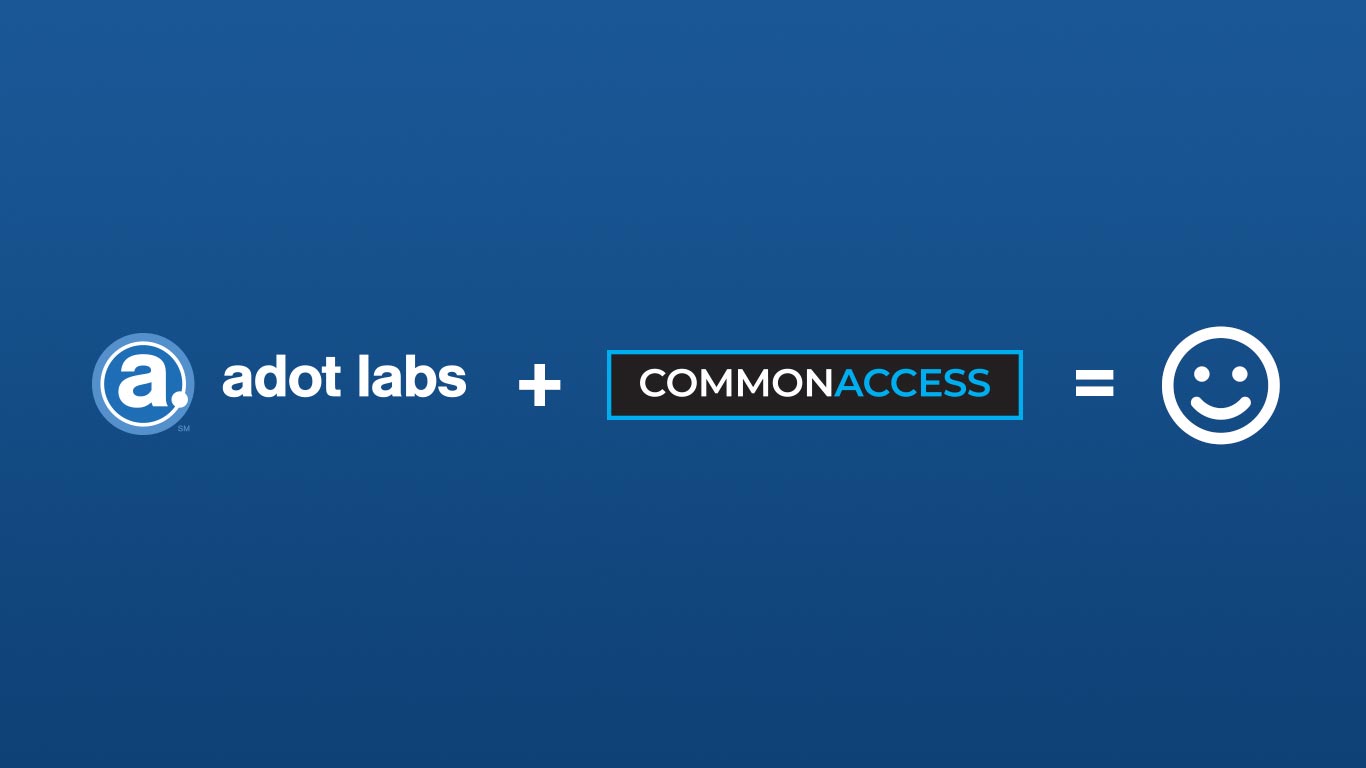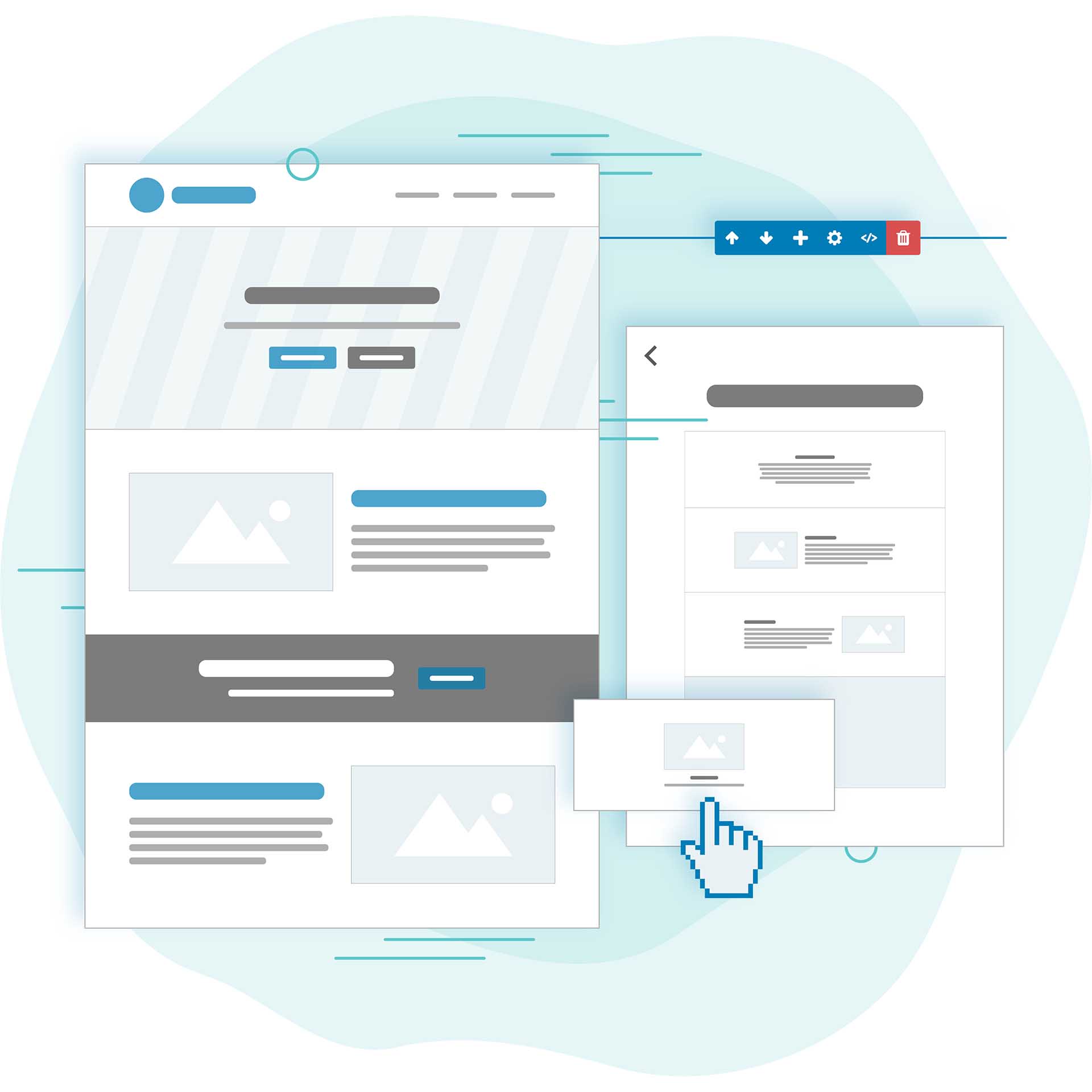ADA Web Compliance: Is a Phone Number Enough?
- September 11, 2018
- / Renea Dumas
- / Accessibility

One of the questions that we often receive from potential web accessibility clients is “aren’t I complying with the
ADA if I put a phone number on my website so that disabled users could just call for information about my products
or services?” This question is great given that in 2010 the Department of Justice (DOJ) stated that:
“covered entities with inaccessible websites may comply with the ADA’s
requirement for access by providing an accessible alternative, such as a staffed telephone line, for individuals
to access the information, goods, and services of their website. In order for an entity to meet its legal
obligation under the ADA, an entity’s alternative must provide an equal degree of access in terms of hours of
operations and range of information, options, and services available. For example, a department store that has
an inaccessible website that allows customers to access their credit accounts 24 hours a day, 7 days a week in
order to review their statements and make payments would need to provide access to the same information and
provide the same payment options in its accessible alternative.”
Consensus on the DOJ’s Statement
Since 2010, a great deal of change has taken place when it comes to technology. In the last eight years, we’ve seen
the invention of the iPad and a barrage of other brands of tablets. No one had a Fitbit. Facebook was such a great
thing that it surpassed Google in the web’s most visited website and Net neutrality was just a buzzword that you
heard in tech circles. No one was prepared for how much the web would integrate itself into everyday life.
Most business owners interpreted the 2010 DOJ statement to mean that their websites, didn’t necessarily need
to comply with the Americans with Disabilities Act (ADA) so long as they could provide an alternative like a phone
number to access the services or products offered on the website. On June 25, 2015, the DOJ would seemingly change
its position.
Shift of Stance
Five years later, the DOJ would shift its stance made in the September 2010 Advanced Notice of Proposed
Rulemaking (ANPRM) thanks in part, to two lawsuits filed by the National Association of the Deaf (NAD), under
Title III of the ADA and Section 504 of the Rehabilitation Act against Harvard University and MIT regarding the inaccessibility of
videos on both university websites.
The DOJ filed Statements of Interest in both lawsuits in support of the NAD (seen in the links above) and expressed
the uncertainty about when we would see any final government regulations on web accessibility. The Justice
Department also recognized that there is a current need to make existing websites accessible, referencing the 2010
ANPRM and stating that it was looking “to explore whether rulemaking would be
helpful in providing guidance as to how covered entities could meet their pre-existing obligation to make their
websites accessible.” This stance was a departure from the original statement in the 2010 ANPRM
(quoted in the second paragraph).
One of the first major cases, to feel the impact of the DOJ’s shift in position is Gorecki v. Dave & Buster’s, Inc. The permanently blind plaintiff, Sean Gorecki, who
uses screen reader software to navigate the internet claimed that many of the features on the Dave & Buster’s
website were incompatible with his assistive technology, making the content of their site inaccessible to him. The
Dave & Buster’s lawyers argued that the website was accommodating to screen reader users like Mr. Gorecki
because the website had a banner that redirected users with visual impairments to the accessible telephone
line with the words “if you are using a screen reader and are having problems using this website, please call 1
(888) 300-1515 for assistance.” The hotline number was staffed with a “receptionist”, who would field calls.
In October 2017, the court concluded that the defendants could not definitively prove that the text for the hotline
number on the banner was able to be read by the plaintiff’s screen reader technology, disagreeing that the
appearance of the phone number on the website rendered the plaintiff’s claim moot. Judge Philip Gutierrez,
however, did acknowledge the DOJ’s 2010 stance that telephone access could mean compliance with ADA law in lieu of
website accessibility.
So, is the presence of a phone number enough for ADA Compliance?
At present, it appears that a telephone number alone won’t necessarily make your website compliant with the ADA.
This can be especially true if you have a large website or one that is constantly updated. Additionally, if
you have a phone number that is not manned 24 hours a day, 7 days a week (the same timeframe people can have
access to your website), then it is most likely, not an accessible alternative to your website. If your site
is currently ADA compliant, the addition of an accessibility number is a step in the right direction to better
assist users with disabilities.
As we are not lawyers and can’t provide you with legal advice, we strongly encourage you to contact an attorney who
specializes in ADA law to assess your current situation.
If your website needs an accessibility solution, please visit adotpro.com or contact a member of our team for additional information.
Sources:
United States Department of Justice,https://www.ada.gov/, https://www.justice.gov/crt/settlements-and-lawsuits
Mightybytes, New DOJ Position on Website Accessibility, https://www.mightybytes.com/blog/new-doj-position-on-website-accessibility-2/
CNN, The top 10 Tech Trends of 2010, http://www.cnn.com/2010/TECH/innovation/12/27/top.tech.trends.year/index.html
Seyfarth Shaw LLP, DOJ Shifts Position on Web Access, https://www.adatitleiii.com/2015/06/doj-shifts-position-on-web-access-stating-in-court-filings-that-public-accommodations-have-a-pre-existing-obligation-to-make-websites-accessible/
 Federal Web Accessibility Lawsuits Nearly Triple In 2018
Federal Web Accessibility Lawsuits Nearly Triple In 2018
 Life, Liberty, and the Pursuit of Pizza
Life, Liberty, and the Pursuit of Pizza
 Adot Labs is now CommonAccess
Adot Labs is now CommonAccess
 How I See It: Business Websites vs. the Disabled
How I See It: Business Websites vs. the Disabled
 Blind People Use Computers?
Blind People Use Computers?
 Web Accessibility Doesn't Stop for Summer Break
Web Accessibility Doesn't Stop for Summer Break
 Are You Ready to Party this Cinco de Mayo?
Are You Ready to Party this Cinco de Mayo?
 Designing with Visual Page Builder is Easy
Designing with Visual Page Builder is Easy
 Strength in Numbers
Strength in Numbers
 Small Businesses Celebrate Mother's Day
Small Businesses Celebrate Mother's Day